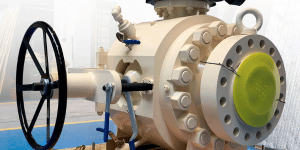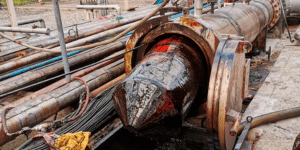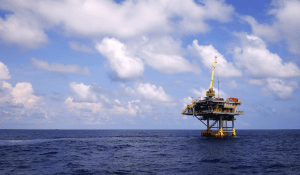
The Scope
We were approached by a client who required a conceptual design study to be completed, investigating design considerations required for the use of compact pigging valves on three flexible flowlines for launching and receiving commissioning and operational pigs. The pigging valves were intended to be used in a confined space in an FSO turret, thus prohibiting the use of traditional pig traps due to spatial limitations.
The Solution
Our team conducted comprehensive research into available pig valve suppliers and suitable pig valves on offer. From this research, a report on the dimensions of available valves was created to allow a comparison to available space at the location of the installation.
We developed a list of design considerations to be evaluated when deciding whether to use a pig valve or not. This involved an appraisal of the main features of the pigging valves and highlighting how they may differ from a traditional pig trap.
The proposed topsides design was analysed to assess the suitability for pigging. The design was scrutinised against the client’s company standards, international industry standards and legislative requirements where applicable. A CAD model of the proposed layout for the pig valves within the FSO turret was created and presented to confirm whether all necessary valves could be accommodated in the space available.
Additionally, a statement of requirements for the valves was completed, containing all design, manufacturing and regulatory requirements for the supply of the pigging valves.
The Benefits
The comprehensive list of design considerations our team compiled allowed our client to approve the suitability of pig valves for their specific requirements with ease and confidence.
Our extensive experience of managing pigging activities in a range of complex scenarios helped us provide our clients with solutions to their complex pigging problems, during both the design and operational phases of the project.



